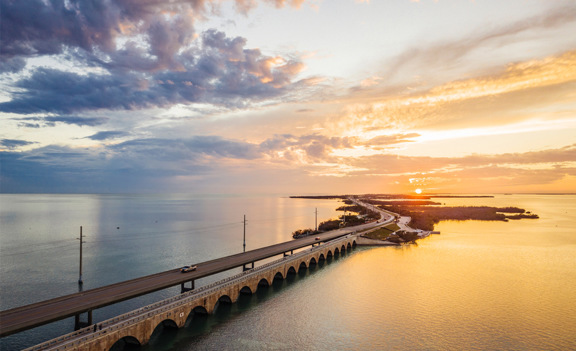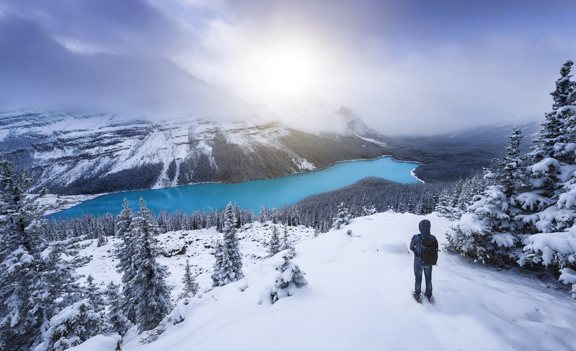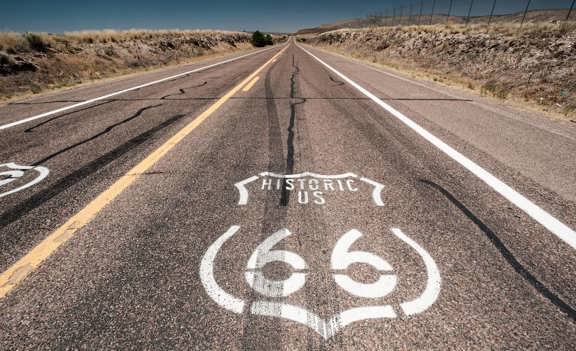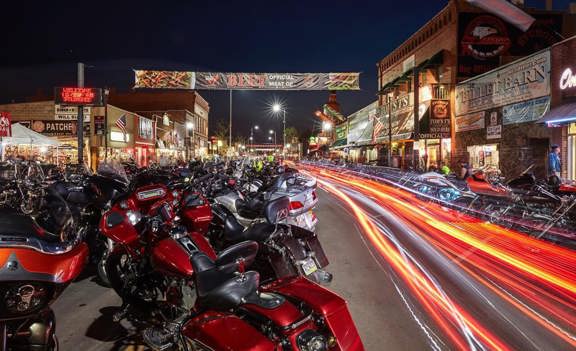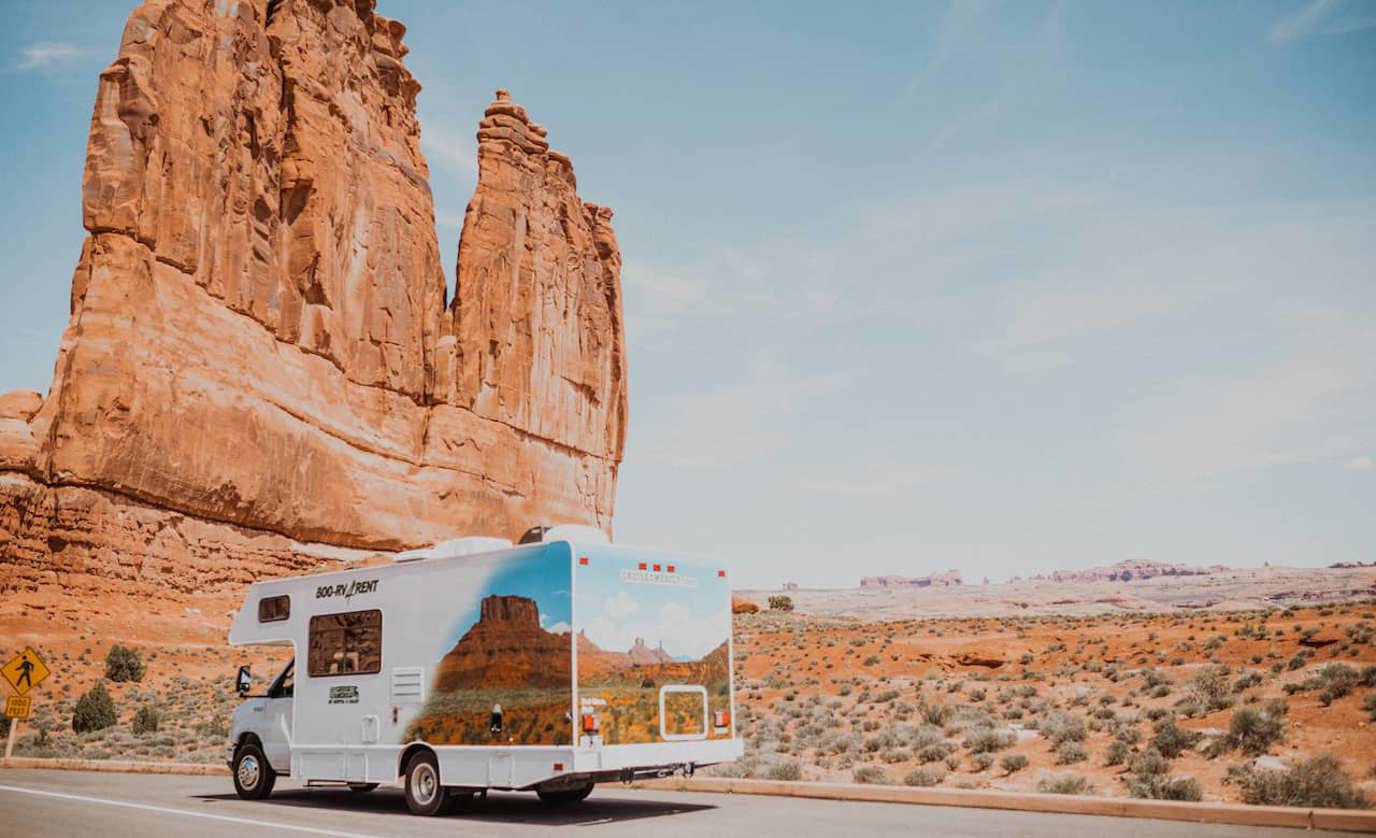
Top Locations to Photograph in Arches National Park
ShareArches National Park, Utah, is an area of great geological importance due to its incredibly unique 10,000-year-old topography. With its out of this world landscape Arches National Park is a must see for everyone, but it proves especially popular with photographers who travel far and wide to experience everything Arches National Park offers.
Our Guide to Photographing Arches National Park
Arches National Park is one of the most compact and easily navigated US national parks. The park is serviced via one major through road, a scenic drive. After the park entrance you immediately encounter the visitor center, and from there, a scenic drive meanders through the giant red rock, sandstone structures, and arches that make Arches National Park so special. One of the great things about Arches is that all major sites are easily accessible and have plenty of room in parking lots for a large RV.
While the single road is nice and easy, it can get a little crowded during holidays and the summer months. You should expect some delays. There are lots of easy hikes in Arches National Park, so if you are visiting in high season, you may find it easier to base yourself in one spot for the day and explore on foot. Arches is best explored on foot as you can find lots of fresh angles to capture some unique images of the park.
Arches National Park is amazing in winter. Lesser crowds, beautiful light, and cooler temperatures make it an ideal time to visit the park.
Arches National Park Photo Locations
Delicate Arch
The crowning jewel of Arches National Park is a stunning sand dune arch known as Delicate Arch. The National Geographic Arches National Park issue features Delicate Arch on its cover, and for good reason. The huge 52ft golden arch is atop a plateau over 1,400 meters off the ground with a beautiful natural slick rock amphitheater in the foreground. The natural lines formed by the different rock layers make for the perfect lead in lines for your photograph.
Delicate Arch is great to shoot at either sunrise or sunset, but it’s a little more crowded in the afternoon. If you want the place to yourself, you will need to be there at first light or stay late into the blue hour.
Delicate Arch viewpoint is one of the few spots in Arches that isn't quite so simple to get to. It's a 1.5 mile hike up the slick rock, and the path is only marked via cairns (human-made rock piles). It's not too difficult to find your way there, but if you plan on capturing the sunset, it's essential to have a good flashlight and take mental notes of the route.
Scenic Drive
After you pass the visitor center, you'll see spectacular views of the valley featuring the many large and imposing rock formations known as Park Avenue. They are very similar to their more famous big brothers at Monument Valley.
A few pull-offs and car parks provide you with an elevated view of Park Avenue, including the Courthouse Towers and La Sal Mountain. This location is great to shoot at any time of day but is most peaceful in the mornings. Try using the road as a lead in line, and if you can, include a car or RV for scale. If you are shooting late in the day, maybe try using a slow shutter speed to capture the light trails of the vehicles coming and going along the scenic drive.
Balanced Rock
Balanced Rock is an iconic location and an Arches National Park must-see. It's on one of the easy hikes that Arches National Park has to offer. The hiking trail is short and flat and takes you on a loop around the rock.
Landscape Arch
Photographing Landscape Arch is an absolute must. Its thin and brittle-looking arch spans across the valley floor. You used to be able to hike under the arch, but falling rock has forced the rangers to close this trail. Miraculously, the Landscape Arch is still holding firm, for now.
Devils Garden Trailhead
Red rock fin-like pillars fill this 7-mile trail along with the largest concentration of natural arches in the world. The photo spots through the Devils Garden are endless. The majority of visitors choose to do the short section of the hike that takes in Landscape Arch, Tunnel Arch, and Pine Tree Arch.
Those who still want more can continue along the trail to visit Double Arch and Navajo Arch. This later section of the hike is a little more exciting and involves climbing up and over some narrow sections of slick rock.
Fiery Furnace
You can visit these narrow canyons and mazes of fins on a ranger-led tour that will require advance arrangements. If this isn't for you or you don't have the time, there is an excellent viewpoint just a short walk from the parking lot that overlooks the Fiery Furnace. Shoot in the late afternoon when the rocks glow in the sunset light.
The Windows
The Window Arches are on a short 1 mile hike but can be seen from some distance. The hike takes you up to the north and south window arches, also known as the Spectacles. Take a few steps back towards Turret Arch to really appreciate the magnitude of these giant structures. This is also a great photo opportunity, either in the late afternoon when the soft light illuminates the rocks or at dawn when the sun can rise through the south window at the right time of year.
You can make a nice shot by using the path or rocks to add some foreground interest or lead in lines. Include a person to add a sense of scale.
Turret Arch
You can hike up and through the north window of the Spectacles to get a great view of Turret Arch. Make a short scramble up to a view point on your left, and you have a perfect view of Turret Arch through the north window. This is best shot at sunrise or early morning when the first warm light makes the red rock glow.
Double Arch
The trailhead to Double Arch starts at the same place as the Windows, but instead of heading south, you go north. Double Arch and the parade of Elephants (a unique rock formation that resembles a herd of Elephants) can be seen from the road, so you can't really go wrong.
Double Arch isn't an easy location to shoot due to the strong shadows cast throughout the day. But you can include a person in the foreground to add interest and scale. Due to its easy accessibility to so many other arches, it can get busy, so the best time to photograph Double Arch is in the morning when the light is soft and the crowds are still in bed.
I haven't done it myself, but if you could capture the Milky Way over or through the arches, I think this would make a great shot and one I haven't seen before.
Night Photography at Arches National Park
Arches NP is an International Dark Sky Park which marks it as an ideal location for astrophotography. With its numerous interesting subjects, high altitude, and Utah's clean air, it’s the perfect location for all those night photography lovers out there.
Arches National Park at Sunrise or Sunset?
Some spots in Arches National Park are better at sunset and some at sunrise, but, in general, and depending on the time of year, any location in Arches NP will work at either sunset or sunrise.
What to do Near Arches National Park
Located just a short drive from the vibrant town of Moab and across the highway, you have another incredible national park; Canyonlands National Park. There you'll find the national monument, Corona Arch. The hike is an uphill 3 mile round trip with a few little ladders and scrambles across the slick rock, so it's not for everyone. Those that make it will stand under one of the world's gigantic natural arches.
Where to Camp in Arches National Park
Most visitors to Arches National Park choose to stay in one of the many RV parks in and around Moab. If you want to stay in the Park, there is the Devils Garden campsite. It's a little light on amenities, but if you stock up in Moab, you will have a great experience.
We hope you enjoyed learning about top locations to photograph in Arches National Park. If you have any questions about photography or planning your Cruise America RV trip to Arches National Park, please let us know in the comments, email, or on our social channels.
